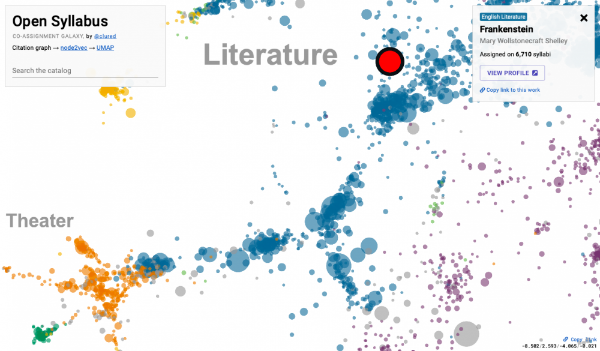The Rules of Engagement
 I was reading an article with suggestions on how to get more social media engagement on the same day that I was doing a Quality Matters (QM) review of an online course. The QM rubrics ask a reviewer to consider student engagement. Social media marketing and higher education may seem very different, but the engagement objective is certainly shared.
I was reading an article with suggestions on how to get more social media engagement on the same day that I was doing a Quality Matters (QM) review of an online course. The QM rubrics ask a reviewer to consider student engagement. Social media marketing and higher education may seem very different, but the engagement objective is certainly shared.
I decided to walk through the article's suggestions with an eye to online courses to see how much crossover I would find.
The article says there are three rules of engagement for social media: Be Consistent. Ask Specific Questions. Include an Element of Fun. I'd have to say I would like to see all three true in online courses.
Having come from the K-12 world before higher ed, I learned quickly that consistency in my teaching was critical. That was true about lesson presentation, grading, discipline and all the rules that are on the syllabus and that come up throughout the year. Consistency builds a kind of trust in student expectations. It helps avoid situations where you might be accused of treating some students better or worse than others. My middle school classroom had a pretty much daily routine that became so natural that when I did depart from it my students immediately noticed it. That can sound a little boring and occasional "inconsistencies" and spontaneous teachable moments are certainly also needed.
As a reviewer of online courses, I try to put myself in the place of a new student in the course and I often find that instructions for assignments and even discussion questions are just not very clear. Ask Specific Questions is very important. Teachers know that a question in a classroom such as "Are there any questions?" or "Does everyone understand that?" are terrible ways to elicit responses and a terrible way to check on learning.
Including an "Element of Fun" sounds great and yet I know that if I suggest that to many professors I will get a doctoral stare from them. Sadly, I have learned that there are too many teachers who think that real learning should NOT be fun. In fact, they seem to associate suffering with learning, as in the equally stupid mantra of "No pain, no gain." The best learning experiences are enjoyable ones. That's why gamification became a hot topic in education. It's not that everything in a course should be like playing a video game, but what makes games on and offline engaging should certainly be considered.
Create a Club-Like Experience. "Club" isn't the right word in education, but online you will often hear that you need to build an online "community." Social media sites are very good at this. They gain followers who check sites every day, post, like, and comment. Isn't that what you want in your online class community?
I always tell the faculty that they need to personalize their courses and that they need to have a social presence there. Video is a great way to do this with things like a syllabus and course walkthrough video using screen capture and your voice. You should also let students see you. The experience shouldn't be like hearing a voice on the radio that you can't attach to any actual human. A short (less than 5 minutes) welcome video for the course is easy to record using anything from your phone to whatever your school provides. It can be shot in your office or from your couch. But what if it is a video of you at the park with your dog, or you in your lab on campus? Either is more interesting and would also present another side of you.
Beyond the rules, there are also many tips and suggestions to increase engagement. One suggestion is to encourage conversations with audience triggers. The "trigger" term might trigger things associations like pain points. These sparks(?) for conversation have nothing to do with the topic of your content or your primary value but use the personal likes/dislikes of your audience. Of course, you first need to know those likes/dislikes. Then, you can use hobbies and other interests, such as movies, pets or sports, as a pathway to content. (This might be your entry into "fun.")
Using visuals is hardly new in presenting in face-to-face situations but it is still lacking in many online courses that are very text-based. (BTW, putting text on PowerPoint slides is NOT visual - even when you insert some gratuitous clip art.)
There are plenty of articles on increasing engagement online ( a few below) but I am suggesting that you also look to how engagement is encouraged online by advertisers, game makers and the stars of social media.
https://www.d2l.com/blog/7-tips-for-increasing-student-engagement-in-online-courses/
https://onlinelearningconsortium.org/news_item/ten-ways-overcome-barriers-student-engagement-online/
https://www.wbtsystems.com/learning-hub/blogs/9-ways-to-increase-online-student-engagement
https://community.canvaslms.com/thread/16033-student-engagement-in-an-online-course








 This is different from the list of the
This is different from the list of the 